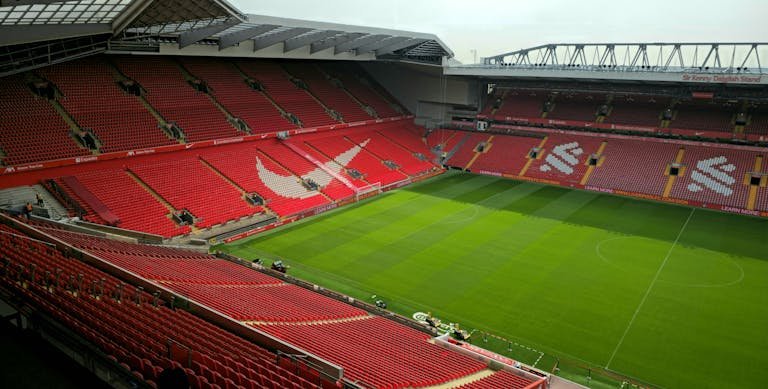What Makes a Football Card Valuable
Imagine holding a piece of history in your hands, a card that transcends its material form to signify the moments, players, and games that define football. For sports collectors, football fans, and investment enthusiasts, the allure of collecting football cards goes beyond mere hobby or investment. It’s a passion, an art, and a deep connection to the heart of the game. In this exclusive guide, we’ll uncover what makes a football card truly valuable, revealing the hidden stories behind these prized possessions.
Strap in as we explore the game from a different angle, where the past meets the present, and the value of a card is more than just a number.
The Rise of Football Card Collecting
Over the past few years, football card collecting has skyrocketed in popularity. This surge can be attributed to a blend of nostalgia, love for the sport, and the thrill of potential profit. Football cards have evolved from simple pieces of cardboard into coveted collectibles that can fetch thousands, even millions, of dollars.
Whether you’re new to the world of sports cards or a seasoned collector, the excitement of discovering a rare gem never fades. With football gaining global traction, more fans are joining the hunt for these treasured cards. The market’s expansion means now is the perfect time to understand what adds value to a football card.
Player Performance and Star Power
Player performance is one of the most crucial factors in determining a football card’s value. A card featuring a legendary player like Tom Brady or Lionel Messi is likely to be worth more than one depicting a less renowned athlete. Their achievements on the field, records broken, and overall impact on the sport elevate their cards’ desirability.
For instance, a rookie card of a player who goes on to have a Hall of Fame career can become extremely valuable. Collectors and fans alike seek cards that capture the early stages of a superstar’s career, often willing to pay a premium for them. The player’s charisma and off-field persona also contribute to their card’s allure.
Rarity and Limited Editions
Rarity plays a pivotal role in a card’s value. Cards that are part of limited editions or special releases tend to be more valuable due to their scarcity. Manufacturers often print a limited number of cards, creating a sense of exclusivity and driving up demand.
Special inserts, autographed cards, and cards featuring unique memorabilia pieces like game-worn jerseys are prime examples of rare items. The fewer the copies, the higher the card’s potential value. Collectors treasure these limited editions, not just for their rarity but for the unique stories they tell.
Historical Significance
Historical significance adds another layer of value to football cards. Cards that commemorate iconic moments, such as a championship win or a record-breaking performance, are cherished by collectors. These cards serve as tangible links to the sport’s rich history, preserving moments that have left a lasting impact on the game.
For example, a card depicting David Beckham’s famous free-kick against Greece in 2001 is not just a piece of cardboard; it’s a tribute to a moment that defined a generation of football fans. Historical cards have an enduring appeal, often appreciated over time.
The Role of Card Grading
Card grading is a critical aspect of determining a card’s value. Professional grading services evaluate the card’s condition, assigning it a grade that reflects its quality. Factors such as centering, corners, edges, and surface are meticulously assessed.
A high-grade card, typically rated 9 or 10, can significantly increase in value compared to a lower-grade counterpart. Grading provides collectors with an objective measure of a card’s condition, offering assurance when buying or selling. It’s essential to recognize the importance of card grading in maximizing your collection’s worth.
Tips for Recognizing High-Quality Cards
Recognizing high-quality cards involves understanding what professional graders look for. Here are some tips to help you identify top-tier cards:
- Centering: The image on the card should be well-centered, with equal borders on all sides. Misaligned images can detract from the card’s value.
- Corners: Sharp, clean corners are a hallmark of a high-quality card. Rounded or damaged corners can lower the grade and, consequently, the card’s value.
- Edges: Examine the edges for any signs of fraying or chipping. Pristine edges contribute to a better overall grade.
- Surface: Check the card’s surface for scratches, stains, or print defects. A flawless surface will enhance the card’s appeal and grade.
By paying attention to these details, you can better assess the quality of your cards and make informed decisions about grading and trading.
Closing
The world of football card collecting is a fascinating blend of passion, history, and investment potential. Whether you’re a sports collector, a football fan, or an investment enthusiast, understanding what makes a football card valuable can enhance your collecting experience and financial gains.
From player performance and rarity to grading and historical significance, numerous factors contribute to a card’s value. By staying informed and engaged, you can uncover hidden gems and make the most of your collection.






